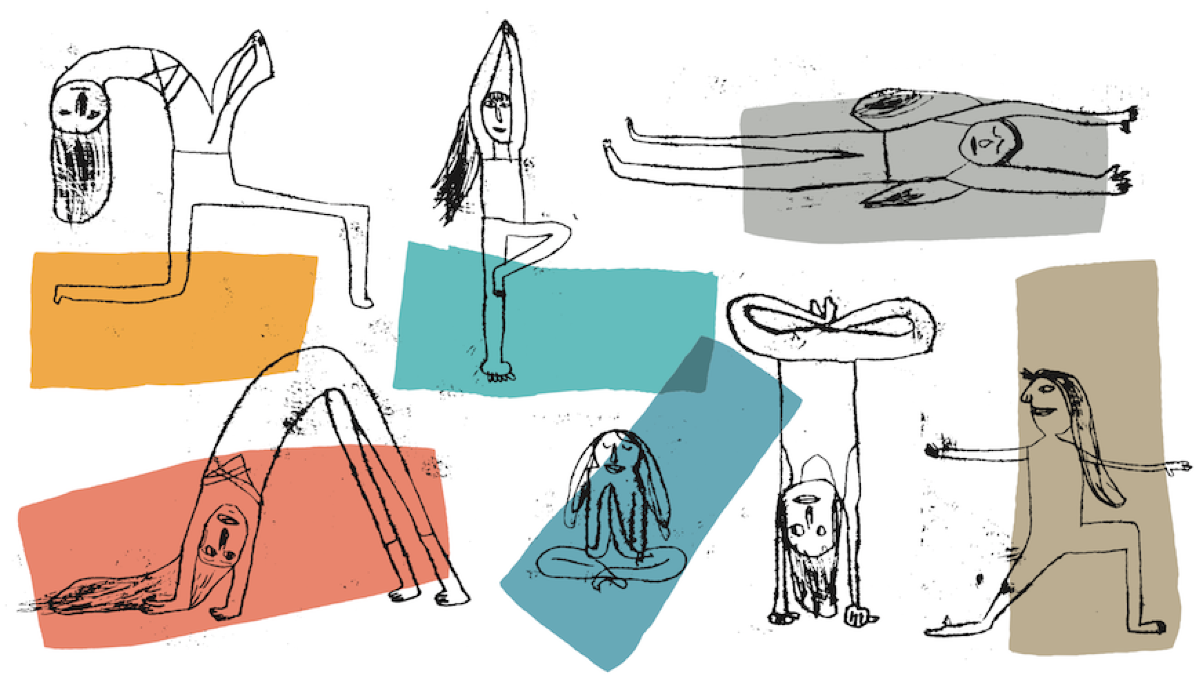
5 simple tricks to combat the winter blues
Winter is just around the corner - and with it cold, gray weather and short days. It's no wonder that many people's mood and energy levels drop. You may also be feeling the winter blues slowly making itself felt. The good news: with a few simple tricks, you can get your zest for life back and actively shape the dark season.
The hormonal balance is out of kilter
We often lack daylight in winter. As a result, less of the "happiness hormone" serotonin is produced, while the sleep hormone level rises. The result: you feel listless and listless, even though you actually get enough sleep. This is the so-called winter blues - a completely normal phenomenon.
Here are the 5 best tips on how to get over the winter blues quickly.
1. daylight against the winter blues
Even if we have little of it in the winter months, sunlight or daylight is the number one happiness booster. If your mood is low, wrap up warm and get out into the fresh air. Your body will do the rest.
When sunlight hits the human skin, the body releases happiness hormones or endorphins. One of these happiness hormones is called serotonin.
For example, it increases our general sense of well-being. Serotonin is produced with the help of vitamin D, which is formed when sunlight hits our skin, for example. It is therefore advisable to fill up your vitamin D stores in the warmer, sunnier months. According to experts in northern Europe, just 20 minutes of sunshine a day is usually enough.
Attention: If you think that going to the solarium is enough, I'm sorry to disappoint you. Although the sunbed warms our body, it has no effect on serotonin production. The desired hormone can only be produced when our eyes are open and exposed to light. However, the UV rays from the sunbed damage the eyes, so this attempt to compensate for a lack of light is strongly discouraged.
2. the right diet is important
A healthy, balanced diet helps to make you happier than you think - and I'm not just talking about chocolate. Our brain has to produce serotonin itself. To do this, it needs the amino acid trytophan. Dates, figs, cashews and dark chocolate, for example, are real happiness boosters with a high tryptophan content.
A lack of omega-3 fatty acids (which are responsible for transporting tryptophan into the brain) can also promote the winter blues. Many types of fish, linseed, meat, dairy products and walnuts are particularly good sources of omega-3 fatty acids.
However, a sad mood can also occur due to a lack of vitamin B reserves. These foods contain vitamin B and strengthen your nerves: wholegrain products, sesame seeds, spinach or broccoli.
But there are also foods that wake you up and put you in a good mood. These contain the protein building block tyrosine. It is found, for example, in lentils, cheese (Parmesan, Camembert), chicken and beef and cashew nuts.
Caution: Even if it is not harmful to eat foods that contain serotonin themselves (such as bananas), it is not enough just to eat them. Only the serotonin produced in our brain makes us happy.
3. exercise lifts the mood
Sport and exercise are real mood boosters - and you don't need an expensive gym membership to do so. A long walk in the fresh air is often enough to clear your head. You can also take advantage of the large selection of free online offers, such as yoga classes or workouts. Perhaps you would also like to take up dancing again?
Tip: The most important thing is to keep moving and find something you enjoy. You will be surprised how quickly new energy and joie de vivre return when exercise becomes an integral part of your everyday life.
4. color for a better quality of life
Why wait until spring cleaning? Take a look around your home: Is there anything you would like to change? A fresh coat of paint, new cushion covers or simply mucking out - small changes can have a big impact and lift your mood.
Tip: Avoid making changes just for the sake of it. This increases the risk of quick displeasure. It is therefore better to take small steps than too big ones.
5. learning from the children
As we rush from appointment to appointment, we often forget the simple yet beautiful things in our lives. Children don't know this pressure yet and do what they feel like doing. So why not give in to this from time to time, when time allows, and look at the world through children's eyes. You will experience new things that will make you happy - guaranteed.
Note: In contrast to this, it also helps to create a schedule in normal everyday life. The structure helps you not to get too lost in the doldrums. Set yourself a small task every day that needs to be completed. This will increase your satisfaction and well-being.





 In this e-book you will learn why yoga really is ideal for everyone. Whether plus sizer, beginner, professional, pregnant, golden age, fit or physically limited: Yoga is for every body and every figure! In this guide, you will receive valuable tips on which yoga style suits you, which exercises you can do despite discomfort or limitations and how you can find more self-love and self-acceptance.
In this e-book you will learn why yoga really is ideal for everyone. Whether plus sizer, beginner, professional, pregnant, golden age, fit or physically limited: Yoga is for every body and every figure! In this guide, you will receive valuable tips on which yoga style suits you, which exercises you can do despite discomfort or limitations and how you can find more self-love and self-acceptance.